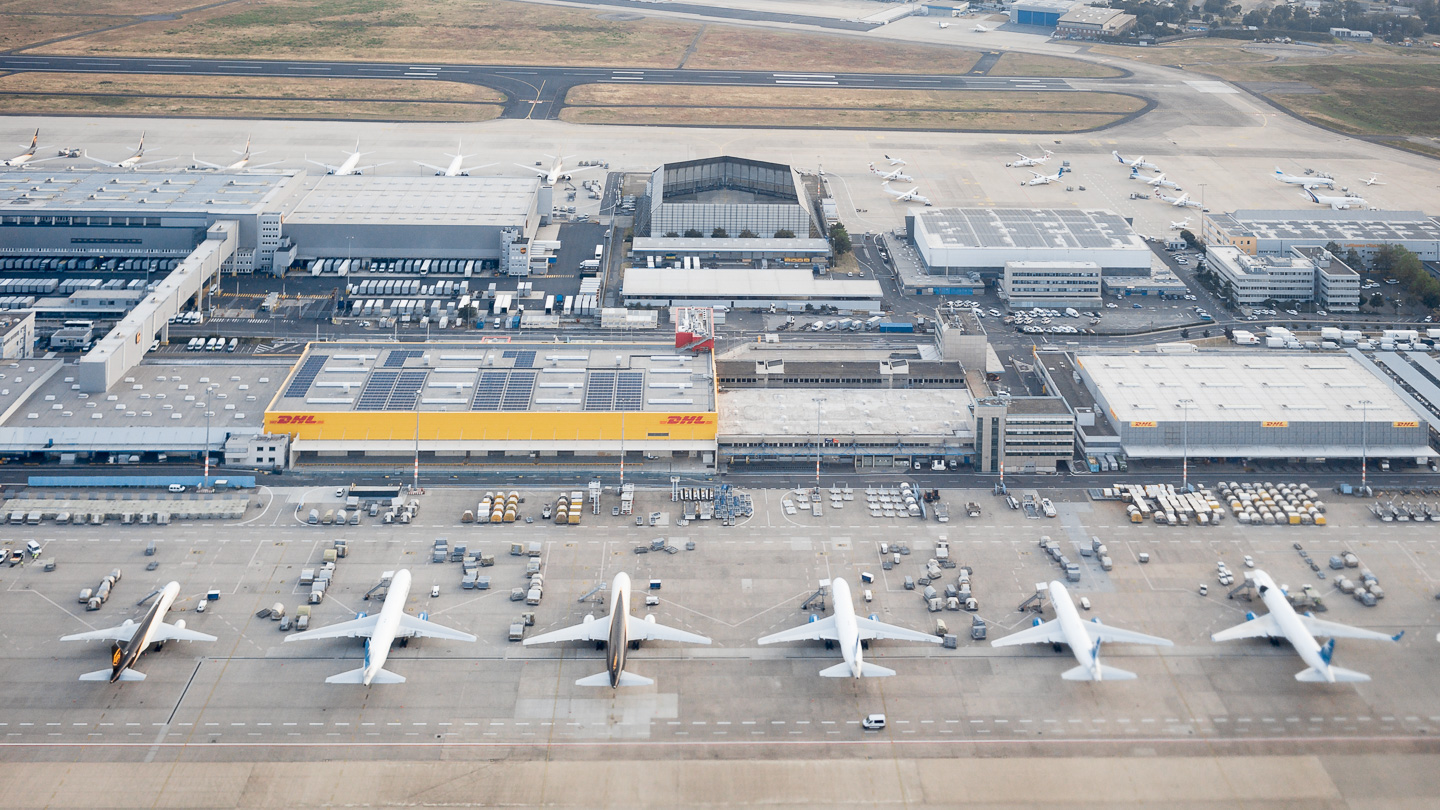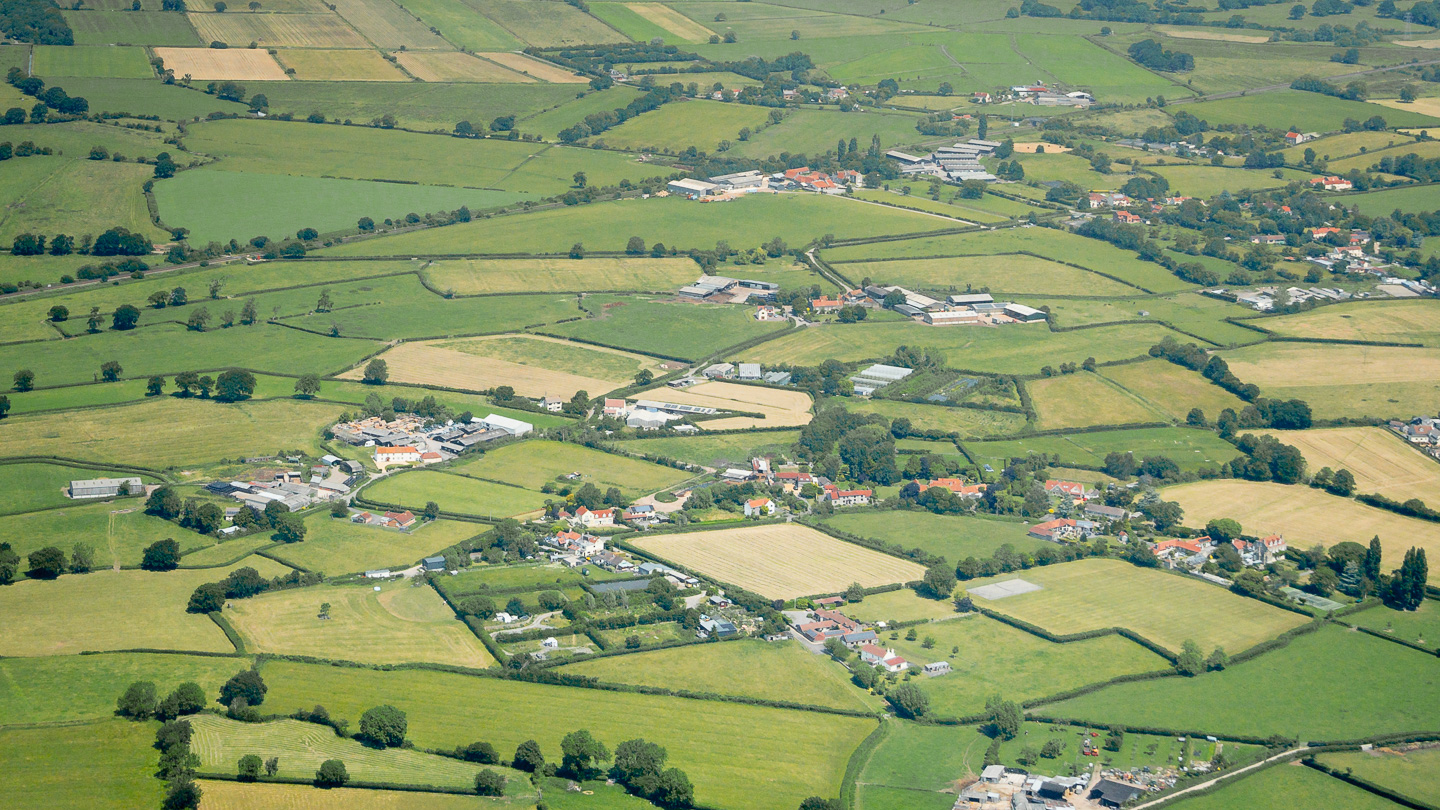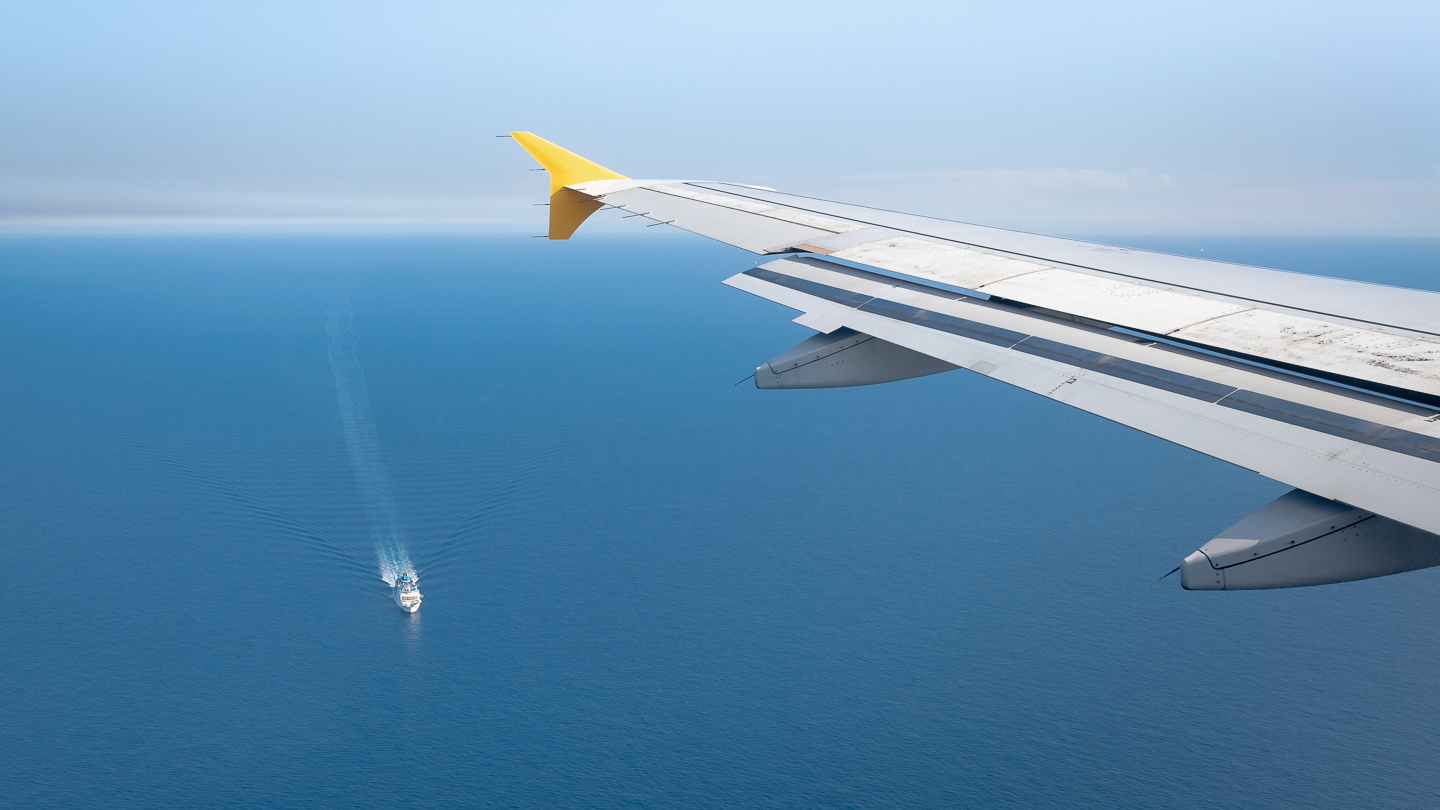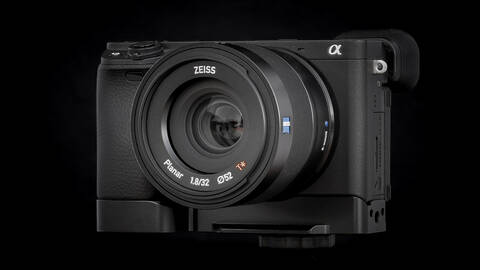Aerial shots taken from an airliner often leave something to be desired. The plane’s windows can degrade image quality so much that achieving decent results seems almost impossible. Serious photo-editing skills are often needed to improve the images. Here are 7 suggestions to maximize your outcome:
- Seating
Choose a window seat on the side away from the sun. Facing the sun will make any imperfections in the window more visible. To avoid convection turbulence caused by the hot engine exhaust, try to get a seat in front of the wing. Websites such as AeroLOPA, SeatGuru and SeatMaps provide detailed information on cabin layouts and seat maps for the most common airliners. - Aircraft Window
Wipe the window with a lens or eyeglass cloth to remove potential fingerprints and other grease. - Photo Gear
No matter how advanced your camera is, it won’t be able to make up for the loss of image quality caused by the atmospherics and the window. Using a smartphone can be a perfectly adequate alternative.
- Camera Angle
Keep your camera as perpendicular as possible to the window plane. Any tilt will accentuate the issues with the window. - Focal Lengths
Avoid extreme focal lengths. Telephoto shots will magnify any imperfections in the window. Wide angles may include the window frame in the shot. - Shutter Speed
To avoid motion blur in your aerial shots, use a shutter speed of around 1/1000 for “normal” focal lengths. For wide angles, you may be able to get way with lower shutter speeds of around 1/400. - Composition
Depending on how bumpy your flight is, you may have trouble framing your shot. Shoot a little wider to allow for cropping in post-production. Historical flight data will give you an idea of the views you can expect along the way. Use a platform like flightradar24.com to find out more.
Have a safe trip and enjoy taking some great aerial shots!



